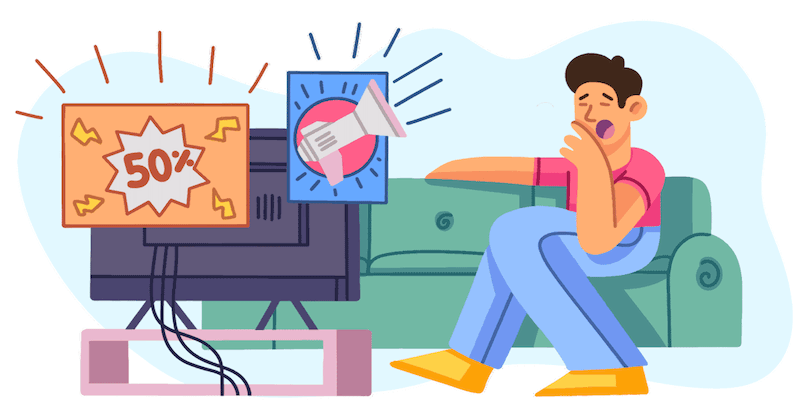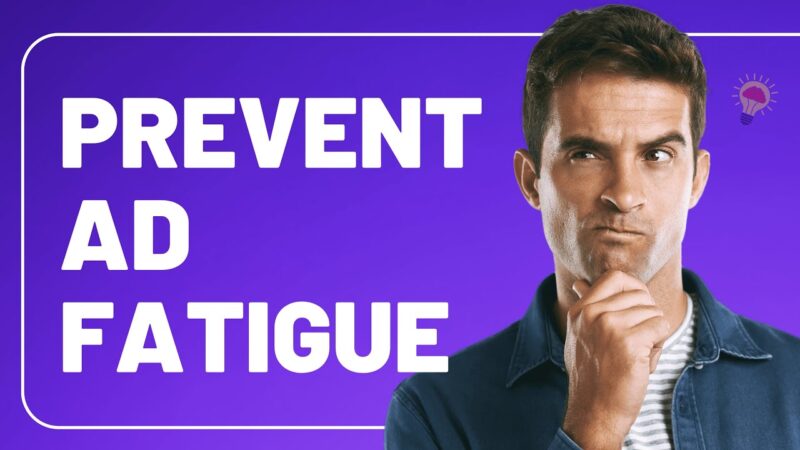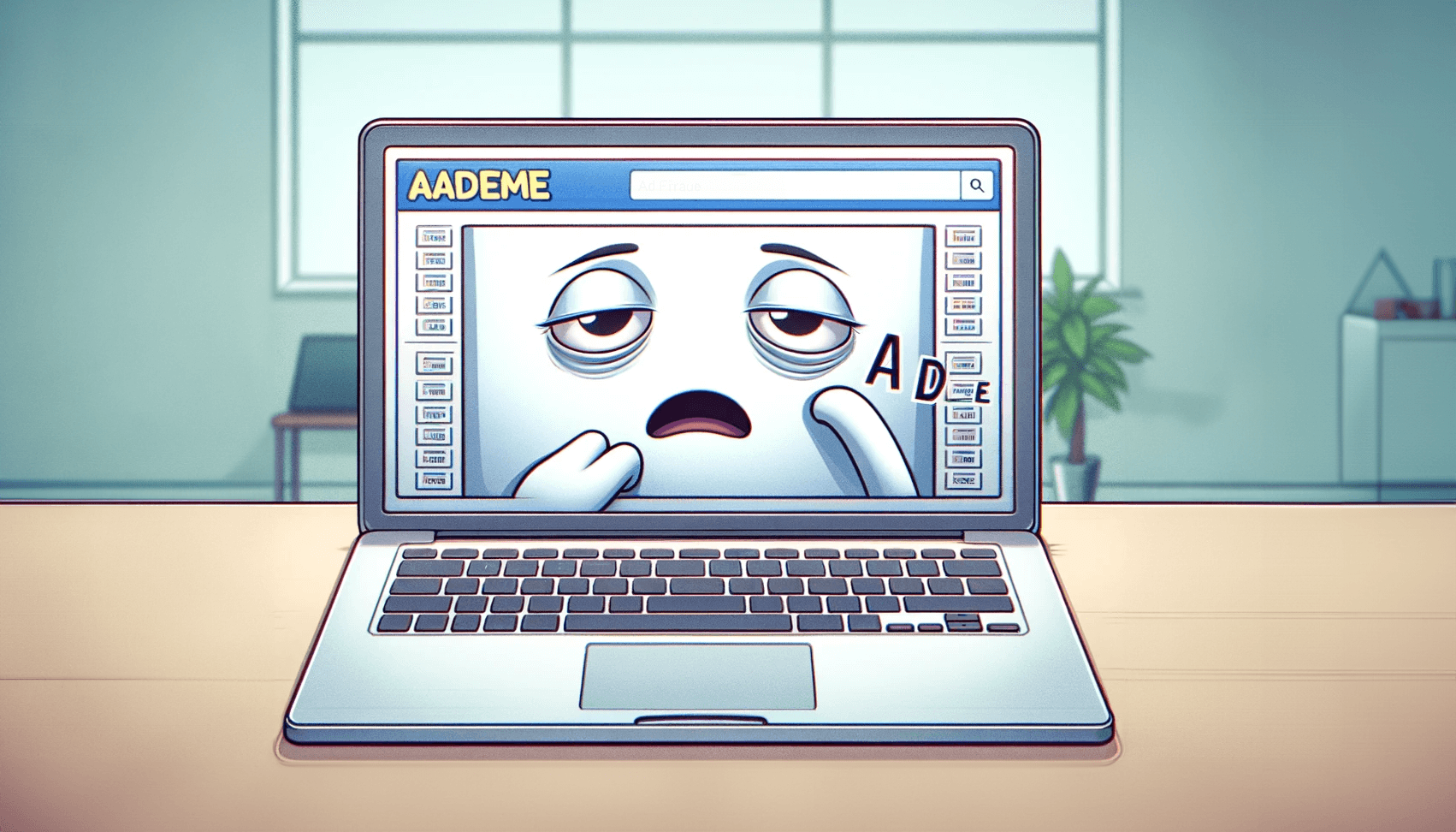Anyone already on the internet understands the power of commercials. But this could be a more positive experience for the customer. For example, no one usually goes on Instagram with the aim of buying something. The reality is they go looking for entertainment and are bombarded by advertisements.
But how do you recognize ad fatigue? That’s a good question, and there’s no one like a digital agency to answer it, as you can check here.
The world of digital marketing is highly dynamic and consumers have become tired of repetitive messages. This ends up significantly reducing the effectiveness of marketing campaigns. What it means:
- less engagement
- low click-through rates
- an overall drop in campaign performance
That’s why it’s essential to understand ad fatigue and how to avoid it, . Here, you will understand more about Ad Fatigue, how to recognize its signs and practical strategies to prevent it, ensuring that your investment in marketing is assertive.
What is Ad Fatigue?

In a nutshell, Ad Fatigue is when the public gets exhausted from the same advertisements. It’s like listening to the same song on repeat for hours and hours on end… eventually, you’ll get tired of it or stop noticing it even exists.
The target audience ends up becoming indifferent to your ads. It’s like shopping. It ends up becoming a noise in the background, passing unnoticed.
In digital marketing, your audience passes by your ads without looking twice, no matter how well-designed.
And this can be monitored by the metrics that the internet itself brings. You can quickly notice a drop in engagement, which can lead to a notable drop in key performance indicators (KPIs), such as:
– click-through rates
– conversion rates
– overall return on advertising investment.
Next, learn how to recognize Ad Fatigue.
Recognizing the signs of Ad Fatigue

You need to keep an eye on the data your ads bring to identify ad fatigue – this way, you will be able to maintain the effectiveness of your campaigns. Here are some telltale signs that your audience may be experiencing advertising fatigue:
Lower click-through rates (CTRs)
Here’s an invaluable tip. A primary indicator of ad fatigue is a decline in CTRs. This metric reflects how engaging your ad is. A declining CTR means your audience is no longer motivated to explore your brand further.
Decreased engagement
How are the likes, shares and comments on social media? Reduced engagement on these platforms may indicate a growing disinterest in your content, both paid and organic. Keep up to date with this data.
Decreased conversion rates
You make ads to get people to act the way you want them to. If this doesn’t work, you may have a problem. If your ads aren’t driving desired actions such as signups or purchases, it’s a sign that your audience may be losing interest in your messages. Steer away from the obvious and try to put yourself in the audience’s shoes.
Higher frequency metrics
Your ads need to reach as many people as possible. If shown too frequently to the same audience, it can lead to desensitization and reduced effectiveness.
Negative public feedback
Pay attention to comments on social media and customer reviews. They act as a barometer for your brand. Negative feedback indicates that your audience may be increasingly tired of your ads.
These are just a few tips for recognizing the problem. The next step is to find out how to prevent Ad Fatigue.
Strategies to Prevent Ad Fatigue

If you’ve already recognized where you might be going wrong, now is the time to discover how to prevent Ad Fatigue. There are ways to keep your advertising campaigns vibrant and compelling. Here are some proven methods:
Regularly update your ad content
Start small. Regularly change the look and text of your ads to keep your audience interested.
Use multiple ad formats.
Do not restrict it to just one format. Innovate with videos, interactive ads, or immersive virtual reality experiences.
Optimize targeting
Use audience targeting and targeting options to reach new audiences and avoid over-saturating the same group.
Test different messages and creatives.
Don’t get tired of testing. Run A/B tests regularly to compare different ads and refine your approach. This way, you will make intelligent decisions based on what best resonates with your target audience.
Track performance and adjust accordingly
The internet brings you essential indicators such as CTR, conversion rates and engagement metrics. Monitor them and be ready to make immediate adjustments to your ad content and strategy.
Stay up to date with industry trends.
Lastly, it might be a better use of time to talk about marketing, but staying up to date with the latest trends in digital advertising cannot be understated. Only this way will you efficiently adapt your strategies to changes in the scenario as well as in public preferences.
Follow these tips and combat Ad Fatigue efficiently, and in turn, you help ensure your advertising campaigns remain up-to-date, engaging and effective.

